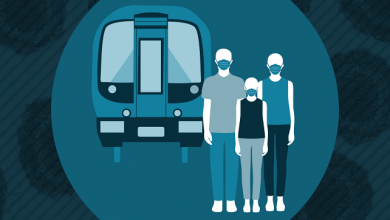Vehicle telematics & the struggle for subscription based services in India

Mobility of people, vehicles, goods has fallen significantly due to COVID and it continues to be a global pattern. This is having a direct and significant impact on vehicle telematics whose primary purpose continues to be tracking of movements! It’s a fact that India is a place of low ARPU (Average Revenue Per User), pick up any subscription-based service like, Entertainment platforms, Newspapers, Delivery services, vehicle rental, telecom, etc cost of service is heavily discounted in lieu of volumes. And in spite of volumes, we have seen companies facing challenges and often suffering losses. Vehicle telematics is no different, I can say with confidence that no subscription service in India has as many providers as Vehicle telematics. Its extremely fragmented, crowded and dominated by track and trace providers. I believe its this segment of Vehicle telematics that would see the most struggle. Companies providing value-added solutions, meaningful data analysis, asset and vehicle health monitoring, are in a better position to weather this storm. COVID situation might change the telematics industry for good, industry might relook at ARPU, technology upgrade and move beyond track and trace solutions.
Everybody has a plan till you get punched in the face, that’s how I see COVID crises. It has been a knockout blow, nobody prepared for such eventuality. Demand for hardware fell off the cliff as customers took a step back, took time to get a grip on changing business environment and froze all capital expenditures. Taxis, car rentals, commercial vehicles, scooter rentals, entire mobility business came to a standstill leaving no scope for telematics hardware installations. Service aspect of telematics also bore the brunt. As we moved deeper into lockdown, large number of users started putting their subscriptions in suspension or in some cases cancelling it altogether.
Lockdown is still in force, each state has its own set of restrictions. Unless there is uniformity atleast with regards to business activities the cylinders of economy wont fire to its potential. We have experienced that users and telematics companies are utilizing this time to evaluate, focus on technology adopted by them, making it more efficient, scalable and incorporating more value additions to comeback strong and enhance customer experience, this is a positive trend. We feel it could take atleast 3 to 4 months to reach a “new normal”.
Telematics is visibility and it has become a business need, so demand for new telematics installations would continue in proportion to movements of goods. Various Government institutions, PSUs have telematics initiatives which started before COVID, we expect those projects to gather momentum. These projects have a great potential to accelerate recovery of vehicle telematics. As vehicles start moving users would need visibility of their fleet and service part of industry shall recover much faster compared to hardware telematics. New installations of hardware would remain a challenge in short term. Installers have returned to their home towns and the ones available are hesitant to go on field out of fear.
Industry has a lot to learn from this crisis. Increase in ARPU, investment in better technologies both in terms of hardware and software, enhancing user experience through value added solutions are some of the takeaways. Strategy of predatory pricing at the cost of compromised services has hurt a many in the industry. I believe COVID crisis has given time to retrospect. The lessons learnt would instil sanity and focus will shift from price to value.
Published in Telematics Wire




